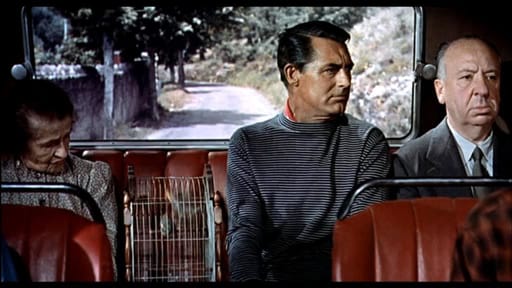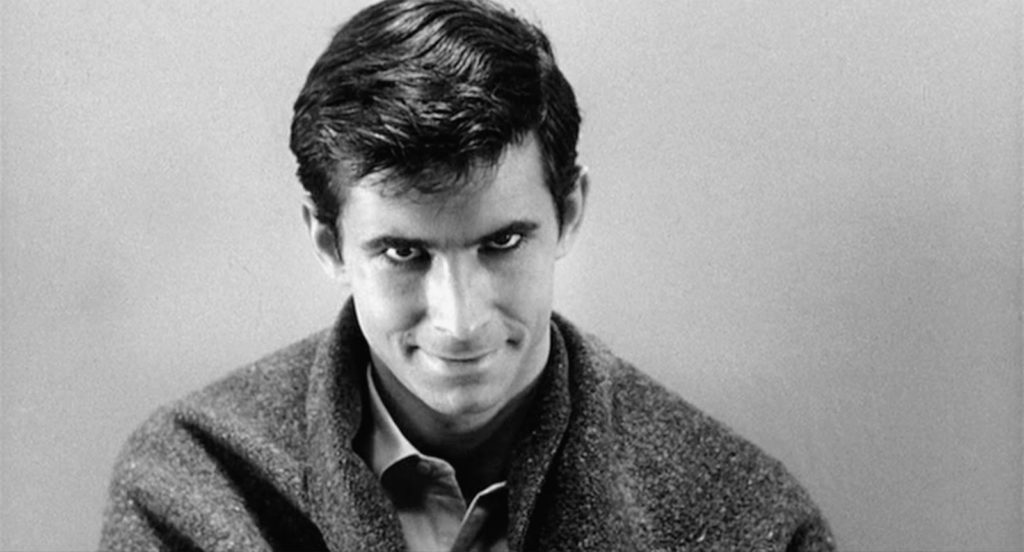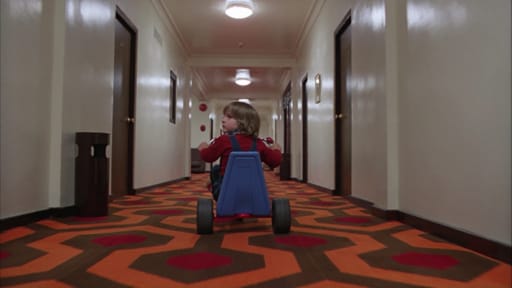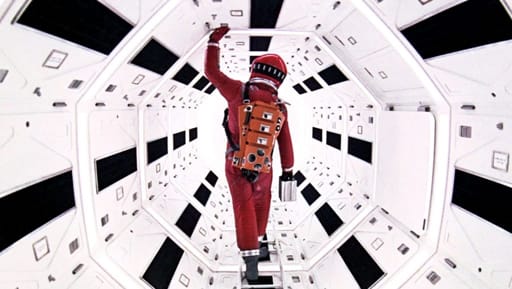With the Oscar fever right behind us, here’s part one of a series of directors who deserved an Oscar, but never received one. Here are two of the world’s favourite directors, who brought a lot into the cinematic world, in terms of their films and their direction skills, but never got recognition from the Academy.
Alfred Hitchcock- The Master of Suspense

Alfred Hitchcock is known as the cameo king, appearing for short scenes in about 39 of his 52 films. The Hitchcock cameo is an omen, giving us a warning that something significant is about to happen, which only added to the level of suspense he had in his films.
One technique he used extensively was using the camera as the eyes of the character, to give a POV effect. He is known as the Master of Suspense, with a knack for using silhouettes and shadows. His film, Psycho, had many such scenes, where he conveyed the characteristics and intentions of the characters by playing with the lighting.

Psycho showes how Hitchcock had a knack for working with shadows.
Hitchcock’s famous distinction between suspense and surprise is a well-known fact among cinephiles. He had a theory that situations become more suspenseful if the audience has more knowledge than the characters. Perhaps this is why he’s regarded as one of cinema’s greatest influencers, particularly in the suspense genre. It only makes it more surprising that he never won an Oscar, although he did get nominated several times.
A classic example is the ‘Bomb under the table’. There can be two cases here- one, that a bomb suddenly explodes in the middle of the conversation between two people, catching the audience by surprise. The second being that the audience already know about the bomb, presumably having seen one of the characters placing it there. They are aware that it will go off at a particular time, and can see the countdown. The characters keep on with their seemingly trivial conversation, making the audience frustrated and keeping them in suspense.
Stanley Kubrick- The Perfectionist

Kubrick’s use of symmetry and one-point perspective
One of Kubrick’s famous trademarks is his use of symmetry. His placement of the camera is such that there is a horizon that spans the middle of the screen. The very center is taken as the point of perspective, with everything else leading to that particular point. This technique is called the one-point perspective. Kubrick also likes to have long tracking shots down hallways with parallel walls, often shot in one-point perspective, one famous instance being in The Shining, with the boy riding around the hotel hallways on his big wheels.
Music played a pivotal role in his films. The visuals and music of his films are so majestic and impressive that the story is sometimes somewhat pushed aside in retrospect, yet his films are still masterpieces, like 2001: A Space Odyssey.

He also had a fondness for tracking shots, and he often used them to introduce a scene or a character, traveling through walls. He even constructed sets to allow smooth movement of the camera for these complicated shots.
One of his most famous techniques is the reverse tracking shot where the camera travels backward for an extended period of time. The Shining is probably the best example of this as he uses this to create an unsettling mood in the film. The perspectives that he uses feel slightly unnatural, creating an eerie atmosphere. Which only adds to the disbelief that he never received an Oscar for his works.
So there you have it. Stay tuned for the second part of the series, where we’ll delve deeper into the world of motion pictures to give recognition to those that Academy Awards didn’t.
Read More:



